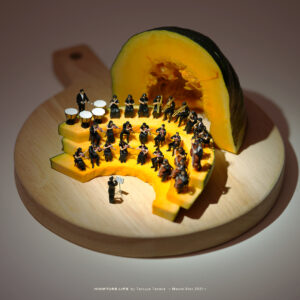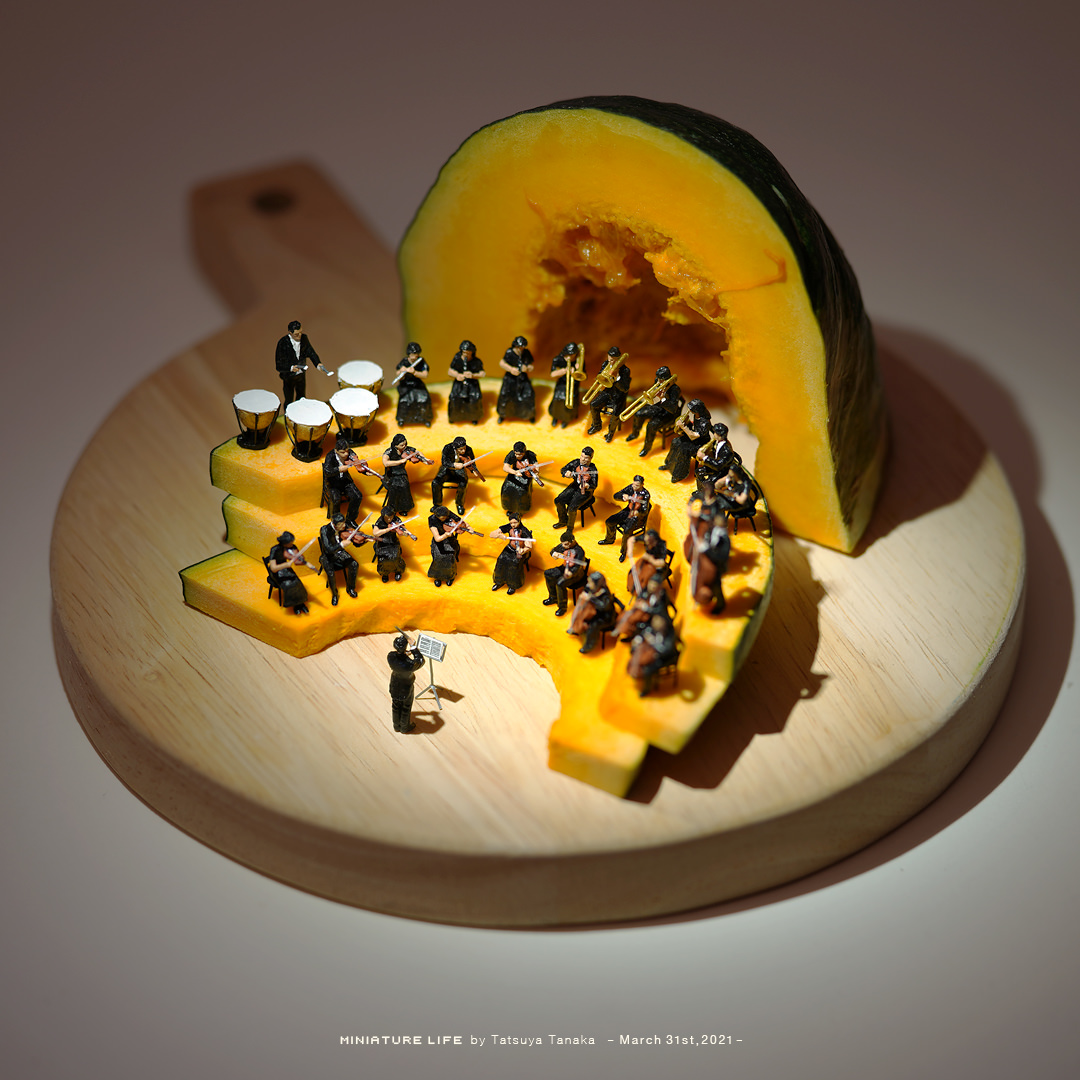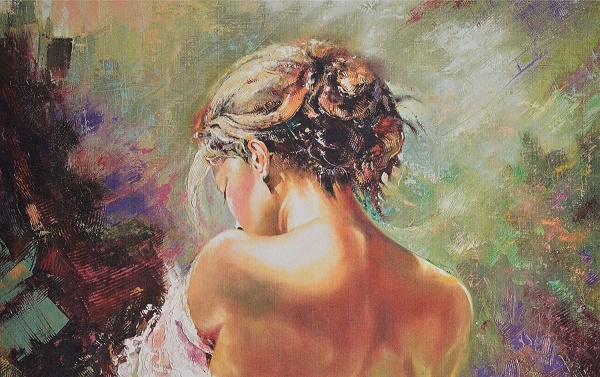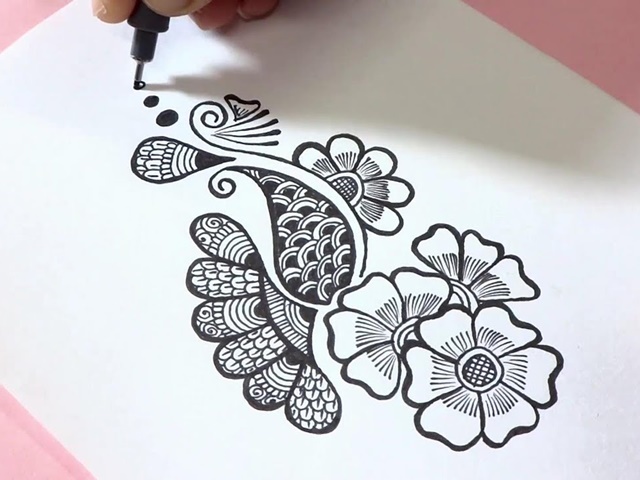Leonardo da Vinci is a name synonymous with art and science. He’s the man behind many masterpieces such as The Last Supper and Mona Lisa. However, there was also a lot of mystery about his art and life. So, it’s interesting to look at all the facts about Da Vinci that don’t lie on the surface.

Unexpected Facts About Leonardo Da Vinci’s Artworks
Many Are Unfinished Artworks
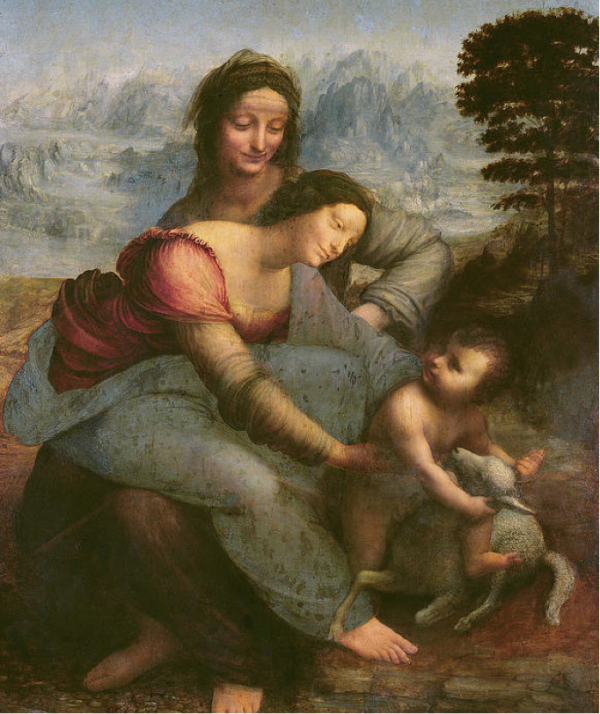
Compared to his contemporaries, Da Vinci was a slow painter. This is especially true when you compare him to his peer Michaelangelo who completed his work on the Sistine Chapel in only four years.
Because of this pace, by the time Da Vinci died many of his artworks were unfinished. One of the most famous unfinished works is his The Virgin and Child with St. Anne. The painting shows Saint Anne, her daughter the Virgin Mary, and baby Jesus. The Adoration of the Magi is also a frequently cited and obviously unfinished creation.
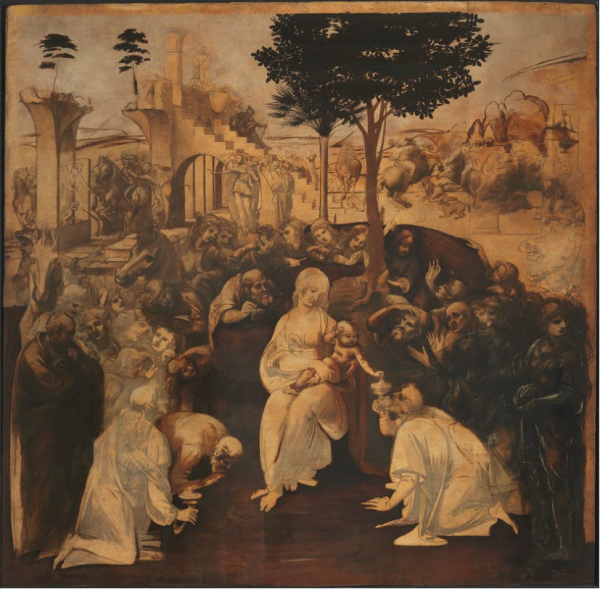
Is the Self-Portrait a Self-Portrait?
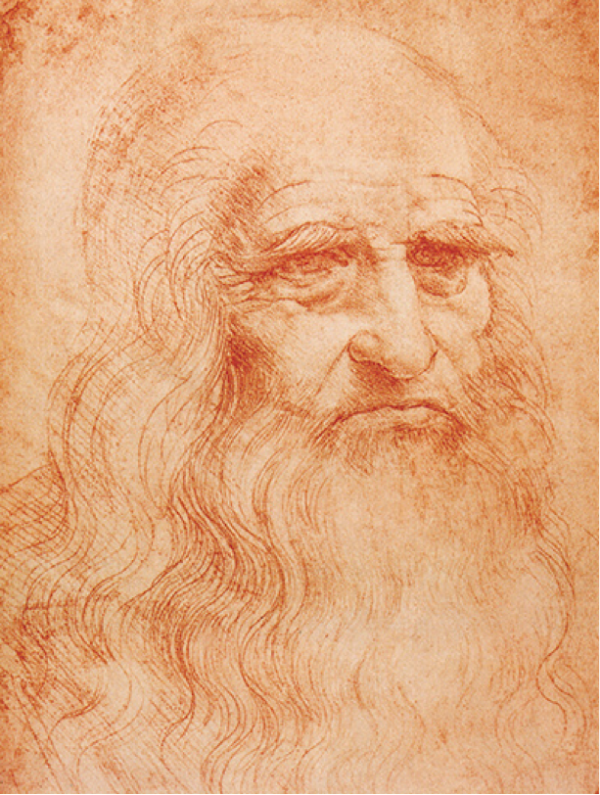
On the surface, it seems like a given that the Da Vinci Self-Portrait is exactly that – a self-portrait. However, there’s speculation that it might not be. Da Vinci was about 60 when he created this but, unlike other self-portraits, the painting didn’t seem to depict him. Instead, it shows a much older man who does look like Da Vinci, just not as he looked at the time.
The theory behind this is that the portrait was meant to be of himself in the future. Many are also intrigued by the emotion on his face. Is it contemplation or sadness?
The Story Behind the Mona Lisa’s Smile
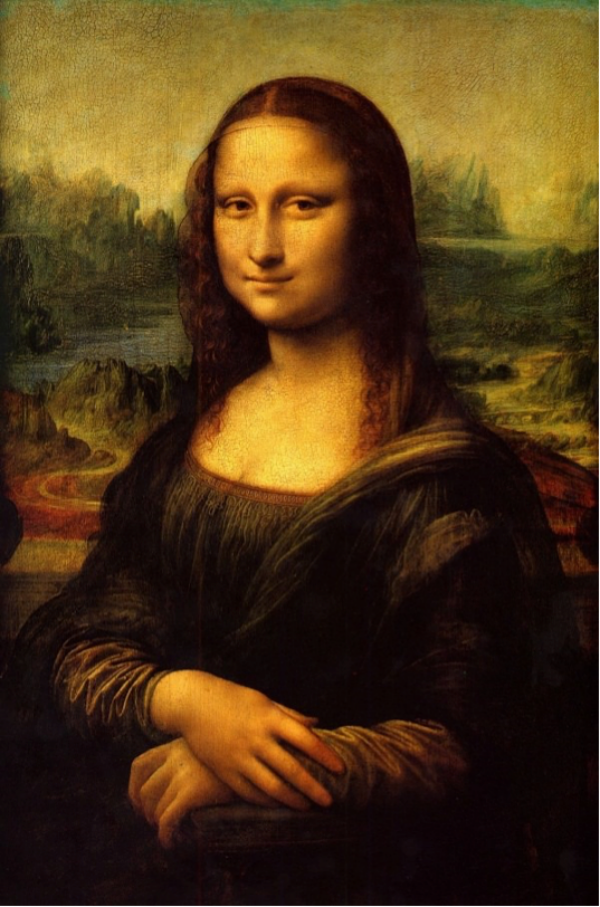
The Mona Lisa is one of Da Vinci’s most famous and easily recognized pieces of work. One of the biggest draws over the centuries is the expression on her face. The mysterious smile has caused many onlookers to contemplate its meaning.
Researchers at the University of Amsterdam and the University of Illinois set out to answer this question. With facial recognition software, they determined that she’s 83% happy and some have hypothesized that she was being entertained by clowns during the painting process. Whether this is true or not, it’s one of the most often made reproductions for personal keeping. You can find one of your own and order Da Vinci’s artworks at 1st-gallery.com.
The Paint-by-Numbers Theory
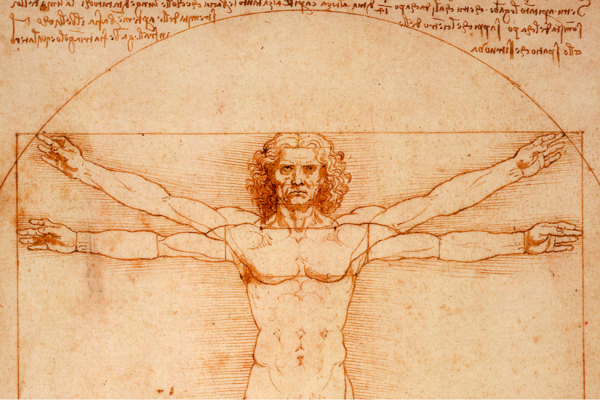
It’s odd to think that one of history’s greatest artists might have found inspiration from paint-by-numbers kits. These were popularized long after his death in the 1950s. If the artist himself used the technique, we’ll probably never know.
The popular theory behind this, though, is that Da Vinci used numbered canvases to teach his apprentices his practices and techniques.
The Last Supper’s Survival Is a Miracle
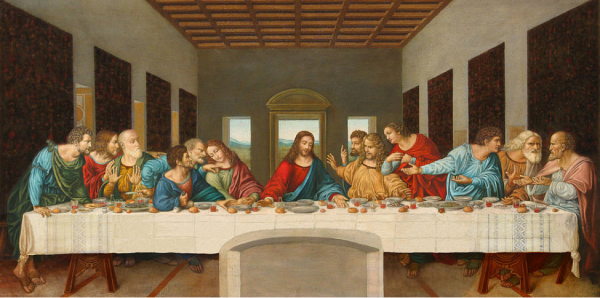
It’s hard to imagine a world where the Last Supper wasn’t the household name it is today. Today, anyone interested can, theoretically, travel to Milan’s Convent of Santa Maria delle Grazie and view the original. Yet, the survival of the painting is impressive, to say the least.
The invasion of France in Milan in 1499 was the first concern as King Louis XII considered cutting the painting down and keeping it himself. Then, in 1796, it was under duress by French soldiers who proceeded to throw rocks at it. In 1943, the area was bombed by Allied forces and the church reinforced the wall to hopefully keep the painting safe. Miraculously, The Last Supper remained intact while the rest of the church faced near destruction.
He Did a Lot of Research
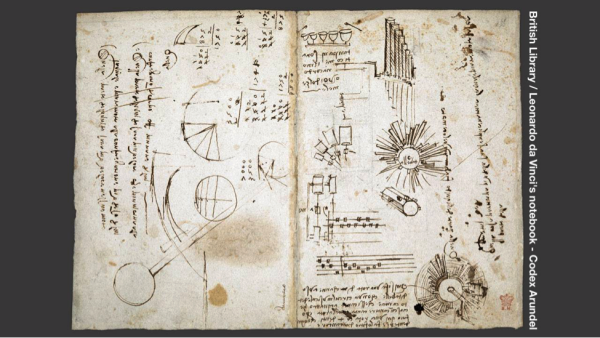
There’s a lot of Da Vinci’s work that shows his love of science including many drawings of the human body. This wasn’t guesswork either. Da Vinci committed to research including the dissection of both humans and animals. Today, it’s believed that this is some of the earliest, accurate depictions of their kind.
The One That Got Away
Let’s finish off with an interesting art fact about an artwork that Da Vinci didn’t complete but probably spent the most time on.
We often think of The Last Supper as Da Vinci’s biggest work. It took three years to create but he worked nearly 17 years on another piece. This was a commissioned piece from the Duke of Milan. He wanted a 20-foot statue depicting his father on horseback. The only reason that it wasn’t unveiled is because in 1499 Milan was invaded by France and the sculpture was shot and shattered in the process.
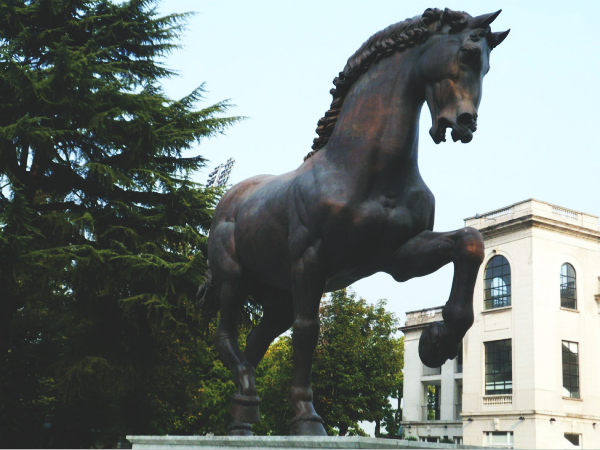
Conclusion
There’s a lot of Da Vinci’s life that’s still shrouded in mystery. He had a one-of-a-kind, brilliant mind. Even for all that we don’t know, the facts we do know show that he has a talent and a brilliancy that will last for ages.

